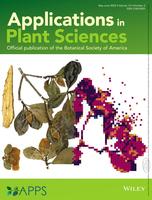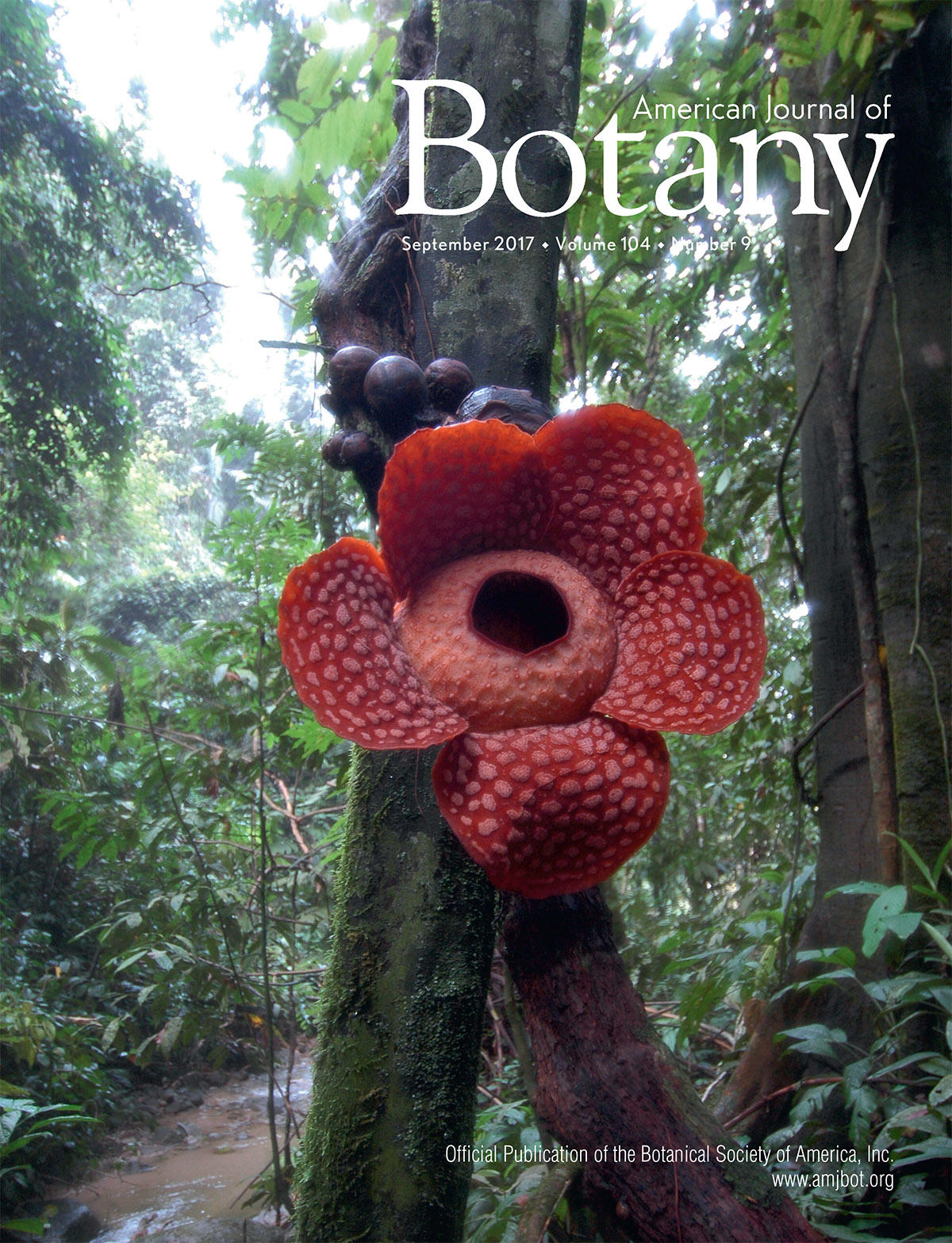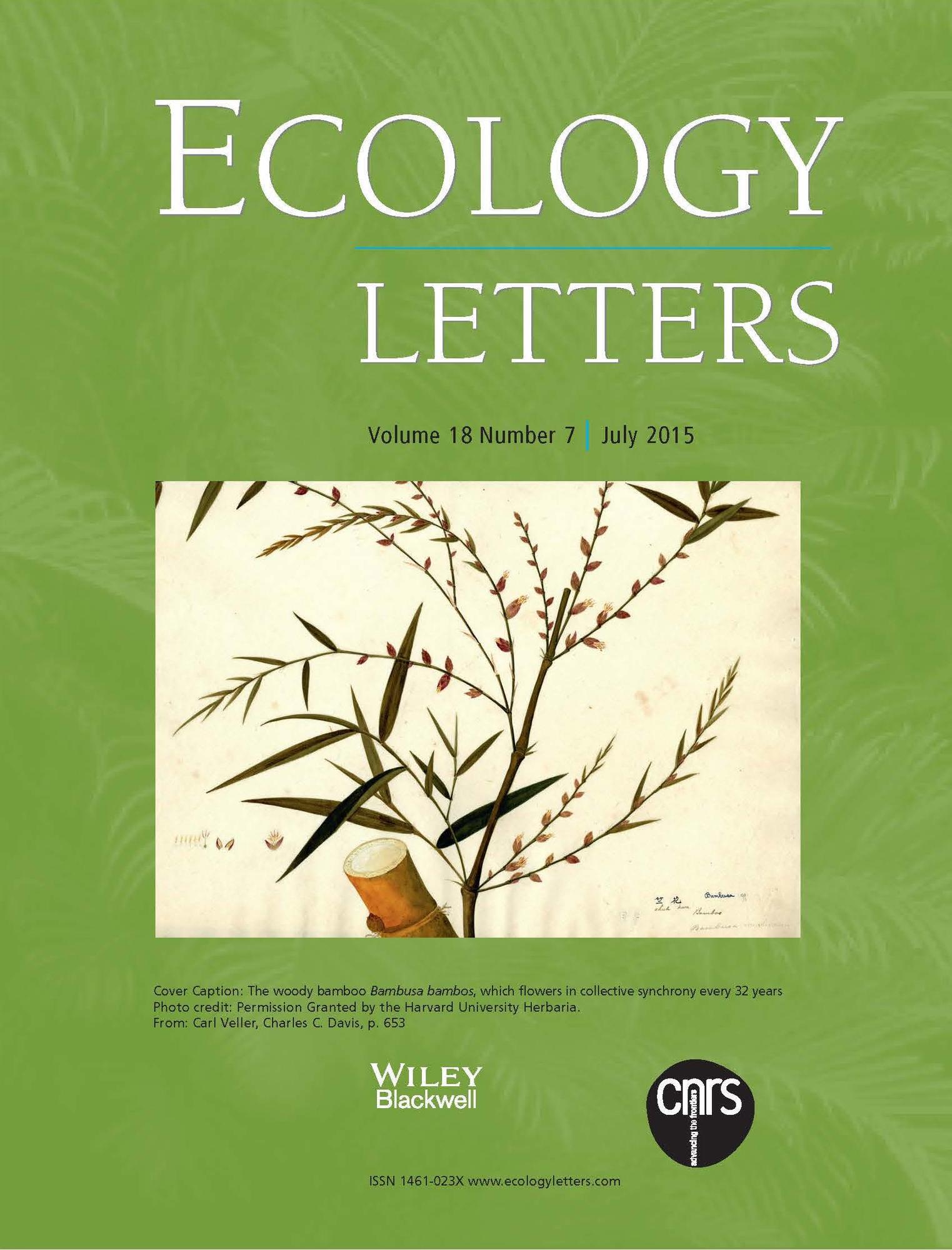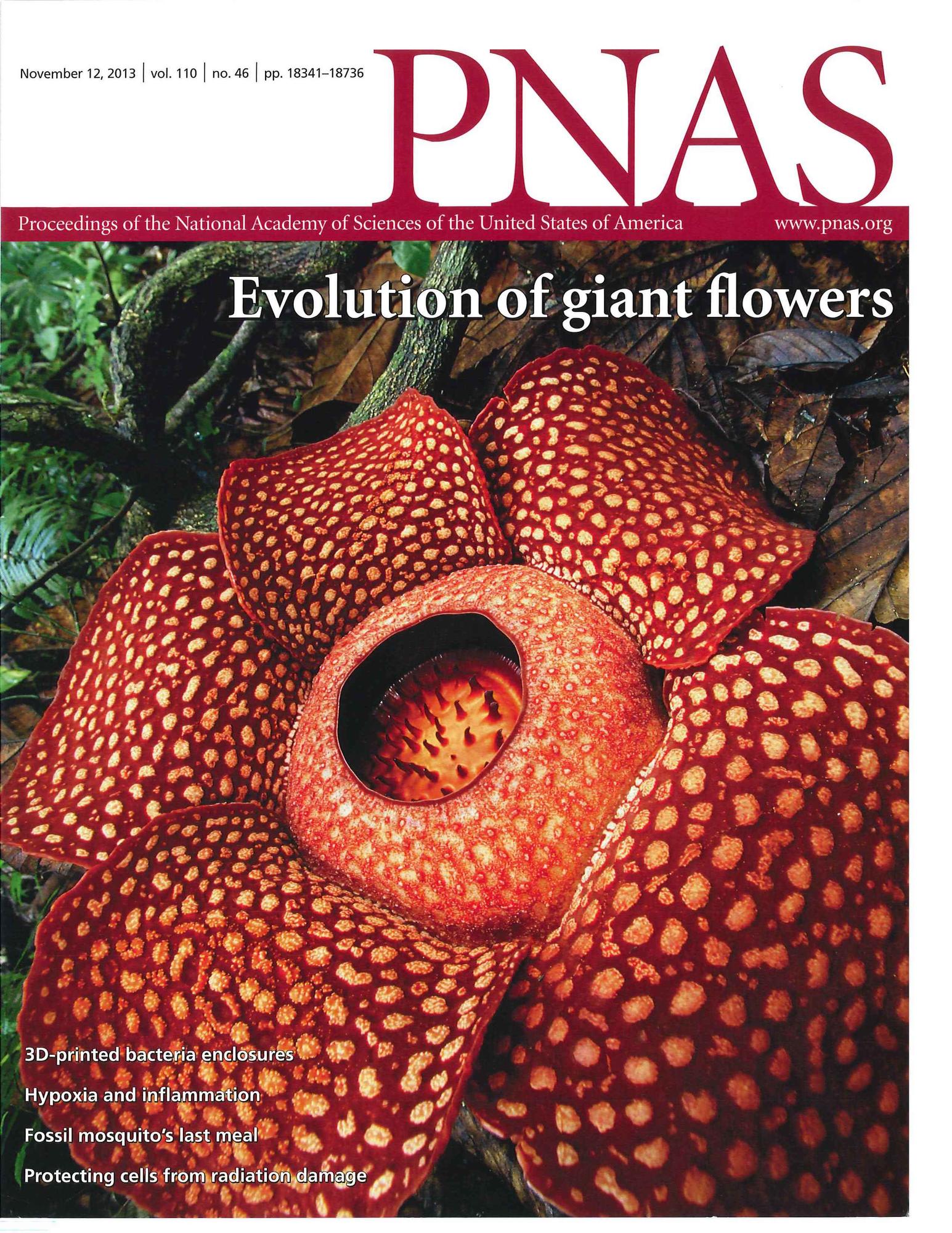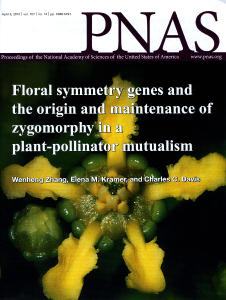Citation:
| 787 KB |
Abstract:
The eudicot order Malpighiales contains approximately 16000 species and is the most poorly resolved large rosid clade. To clarify phylogenetic relationships in the order, we used maximum likelihood, Bayesian, and parsimony analyses of DNA sequence data from 13 gene regions, totaling 15604 bp, and representing all three genomic compartments (i.e., plastid: atpB, matK, ndhF, and rbcL; mitochondrial: ccmB, cob, matR, nad1B-C, nad6, and rps3; and nuclear: 18S rDNA, PHYC, and newly developed low-copy EMB2765). Our sampling of 190 taxa includes representatives from all families of Malpighiales. These data provide greatly increased support for the recent additions of Aneulophus, Bhesa, Centroplacus, Ploiarium, and Rafflesiaceae to Malpighiales; sister relations of Phyllanthaceae + Picrodendraceae, monophyly of Hypericaceae, and polyphyly of Clusiaceae. Oxalidales + Huaceae, followed by Celastrales are successive sisters to Malpighiales. Parasitic Rafflesiaceae, which produce the world's largest flowers, are confirmed as embedded within a paraphyletic Euphorbiaceae. Novel findings show a well-supported placement of Ctenolophonaceae with Erythroxylaceae + Rhizophoraceae, sister-group relationships of Bhesa + Centroplacus, and the exclusion of Medusandra from Malpighiales. New taxonomic circumscriptions include the addition of Bhesa to Centroplacaceae, Medusandra to Peridiscaceae (Saxifragales), Calophyllaceae applied to Clusiaceae subfamily Kielmeyeroideae, Peraceae applied to Euphorbiaceae subfamily Peroideae, and Huaceae included in Oxalidales.
Notes:
Wurdack, Kenneth JDavis, Charles Ceng2009/08/01 00:00Am J Bot. 2009 Aug;96(8):1551-70. doi: 10.3732/ajb.0800207.

